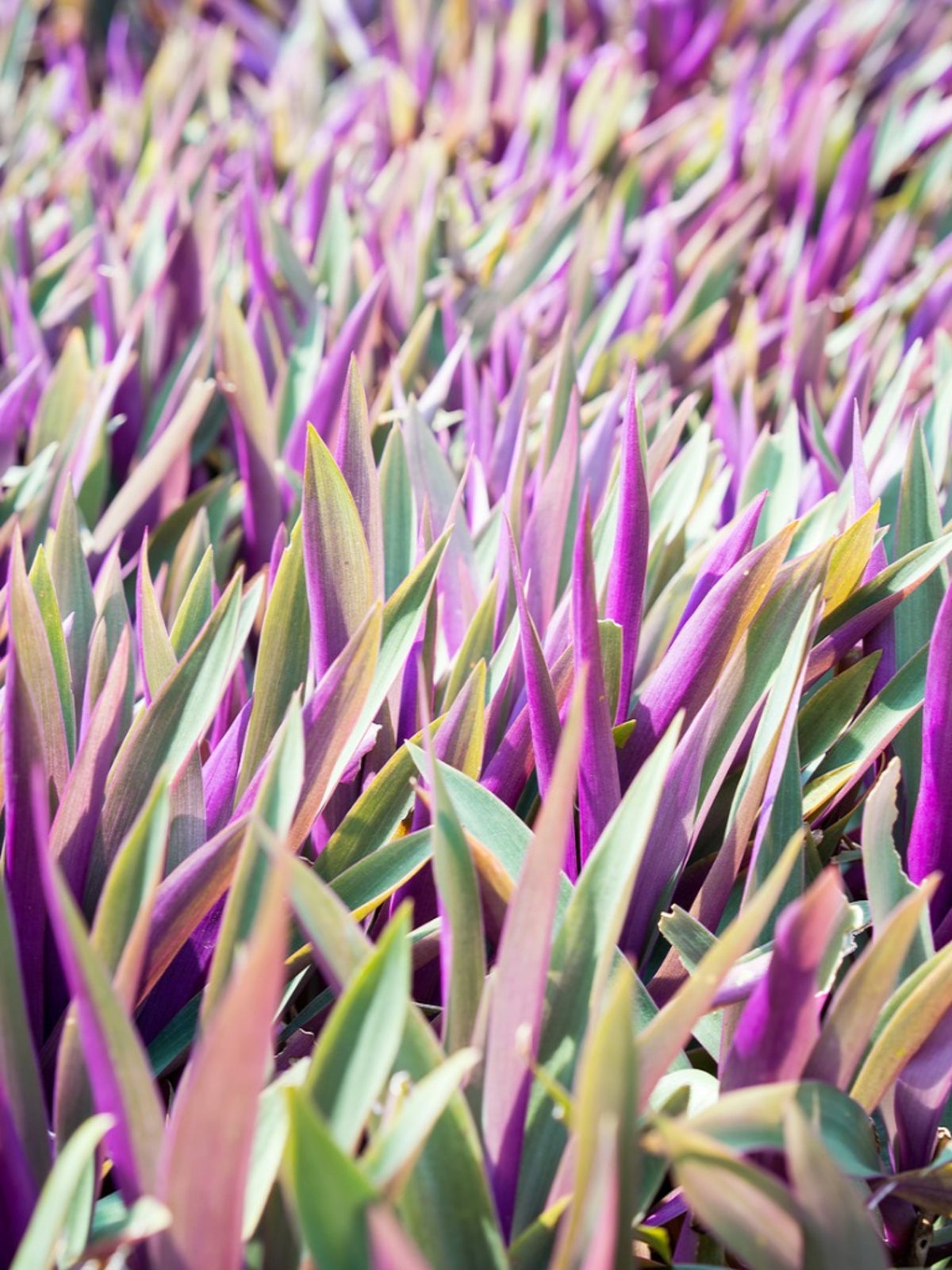Growing Rhoeo Plants In The Garden


Rhoeo, including Rhoeo discolor and Rhoeo spathacea, is a plant of many names. Depending on where you live, you may call this plant moses-in-the-cradle, moses-in-a-basket, boat lily, and oyster plant. Whatever you call it, Rhoeo makes an excellent and fast growing groundcover in the garden.
How to Grow Rhoeo Plants
In most areas, Rhoeo is considered an annual, though in fact, it is a tender perennial. Rhoeo is hardy only in USDA plant hardiness zones 9 to 11. This means that it can only tolerate temperatures down to about 20 degrees F. (-6 C.) before they are killed off. Keep in mind that this is the temperature that will kill them. Temperatures 10 to 15 degrees F. (6-7 C.) above this will cause damage to the plant, but will not kill it. Rhoeos also enjoy partial shade to full shade. Rhoeos are normally grown due to the fact that they are very drought tolerant. As a matter of fact, this plant will develop some serious issues with root rot and foliage diseases if the plant is kept too wet or watered too often. This is a plant where it will be happier if you err on the side of dry and water this plant less. If you live in an area that normally gets large amounts of rain, your Rhoeo may not grow well in your garden no matter what you do. If this is the case and you still wish to enjoy the beauty of Rhoeos, you can either plant them in a container or you can try planting them under trees. Trees tend to suck up much of the water under their canopies and provide shade, both conditions will make your Rhoeo happy. If you live in an area where Rhoeos are not hardy, you can bring your Rhoeo plants inside for the winter and grow them as houseplants. They grow very well as houseplants and then can be returned to your garden in the spring.
Common Problems with Rhoeos
If your Rhoeo starts to develop any issues, chances are that you have overwatered the plants. If you wish to try to reverse the damage done by overwatering, take a look at two important things. First, is the Rhoeo located in an area that has excellent drainage? If not, move the plant to a drier location immediately. In the process of moving the plant, while the plant is out of the ground, check the roots for root rot damage. If you find suspected root rot damage, trim off the affected roots to help keep the spread of the root rot to a minimum. Second, are you letting the ground where the Rhoeo is growing dry out completely in between waterings? If not, hold back watering. If you are having fungus issues with the foliage, remove as much of the damaged leaves as you can and treat the rest of the plant with anti-fungal plant spray. One last note, if you do live in an area where this plant is hardy, check with your local extension service to see if this plant is on the invasive species list.
Sign up for the Gardening Know How newsletter today and receive a free copy of our e-book "How to Grow Delicious Tomatoes".

Heather Rhoades founded Gardening Know How in 2007. She holds degrees from Cleveland State University and Northern Kentucky University. She is an avid gardener with a passion for community, and is a recipient of the Master Gardeners of Ohio Lifetime Achievement Award.